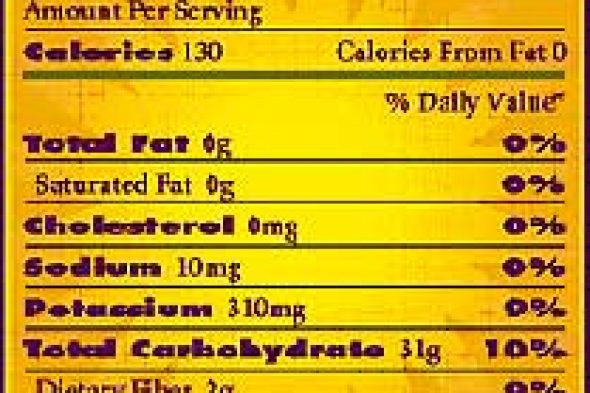Recently updated Golden raisins (Anguri) Golden Raisins: A Glittering Delight of Sweetness and Nutrition Embarking on a Golden Journey: Exploring the Allure of Golden Step into the world of golden raisins, where sweetness meets nutrition in a dazzling array of golden hues, offering a delightful addition to your culinary repertoire. Golden Long Raisin Understanding the Essence of Raisins: Origins and Varieties 1. Roots and Cultivation: The Origins of Raisins Discover...
Recently updated Iranian raisin: Iran is the third largest exporter of raisins in the world exporting 92,000 tons (7% global Consumption) of raisins worth around 70 million dollars annually. There are different varieties of Iranian .Iranian Raisin Raisins; Sultana Raisins, Golden Raisins, Black Raisins, and Green Raisins. The advantage of Iranian Raisins is principally its price and different methods of processing, and that's the reason why Iranian Raisins are amongst...
Varietals & Nutritional information The versatile raisin Few foods are as easy to use as natural raisins. Sweet, tasty, raisins are a great snack just as they are or can add flavor to almost any favorite recipe. Varietals & Nutritional information. [caption id="attachment_25268" align="aligncenter" width="250"] Timeline history of raisins and dried fruits[/caption] The versatile raisin Try mixing these delicious sun-dried nuggets with nuts and other dried fruits for a...
The versatile raisin Few foods are as easy to use as natural raisins. Sweet, tasty, and delicious, raisins are a great snack just as they are or can add flavor to almost any favorite recipe. versatile raisin. Varietals & Nutritional information Try mixing these delicious sun-dried nuggets with nuts and other dried fruits for a naturally good trail mix. It's easy to add raisins to salads and hors...
Life on the vine The raisins are hard to work for, but the results are sweet. It takes at least three full years to produce a single raisin, from the time a grapevine is planted to its first yield. Life on the vine Grapevines must be tended by hand and demand constant attention all year. In January, vines are carefully pruned to allow the "canes," the most productive branches, to...
Updated 2024 ---| history of raisin |--- Raisin TimeLine History Leaving fruits out to dry in the sun and air is one of the oldest methods of preserving food-whether it's turning grapes into raisins, or fresh figs, dates, apricots, and plums into their dried counterparts. history of raisin Raisins and dried fruits are simple, wholesome foods, grown by nature and "made" by men and women the same way for thousands...
---! vitis vinifera and Vitaceae the scientific names of grape fruit !--- scientific names of grape fruit : • Vitis vinifera L • Vitaceae Please for more information or any inquiry click here …… [caption id="attachment_15115" align="aligncenter" width="673"] vitis vinifera and Vitaceae the scientific names of grape fruit[/caption] Description of Raisin : Raisin : the Raisin comes from the Latin racemes and means "a cluster of grapes or berries". Cultured...
Raisin The Phoenicians and Armenians then began to trade raisins with the Greeks and the Romans. Tasty dried muscats, sultanas, and currants became very popular and in great demand with the Greeks and Romans who ate them in large quantities. As the popularity of the raisins grew, so did their value. Can you believe that in ancient Rome you could trade two jars of raisins for one slave boy? And...
Farming raisin The first step to producing good raisins is growing quality grapes in the vineyards. (Raisin farming)Grape farming is a year-round commitment and includes the practices of pruning, irrigation, fertilization, and pest control. Most of the work done in these vineyards is still done by hand. [caption id="attachment_15127" align="aligncenter" width="208"] The first raisins - history of raisin[/caption] op 10 Reasons To Buy Organic Pruning involves the removal of...
Raisin to your good health Raisins are nature's original candy - and one of the world's most nutritious dried fruits. raisin for good health Iranian Raisin Sweet, tasty raisins are cholesterol-free, low in sodium, and virtually fat-free. They provide many necessary vitamins and minerals to your diet, including iron and potassium. Maybe best of all, they're 70 percent pure fructose, a natural form of sugar, that's easily digested...












 3 kind raisin
3 kind raisin 


